The Best TVs for PlayStation 5 and Xbox Series X
Screens need HDR, Wide Color Gamut support and 120Hz to make the most of these next-gen gaming consoles.
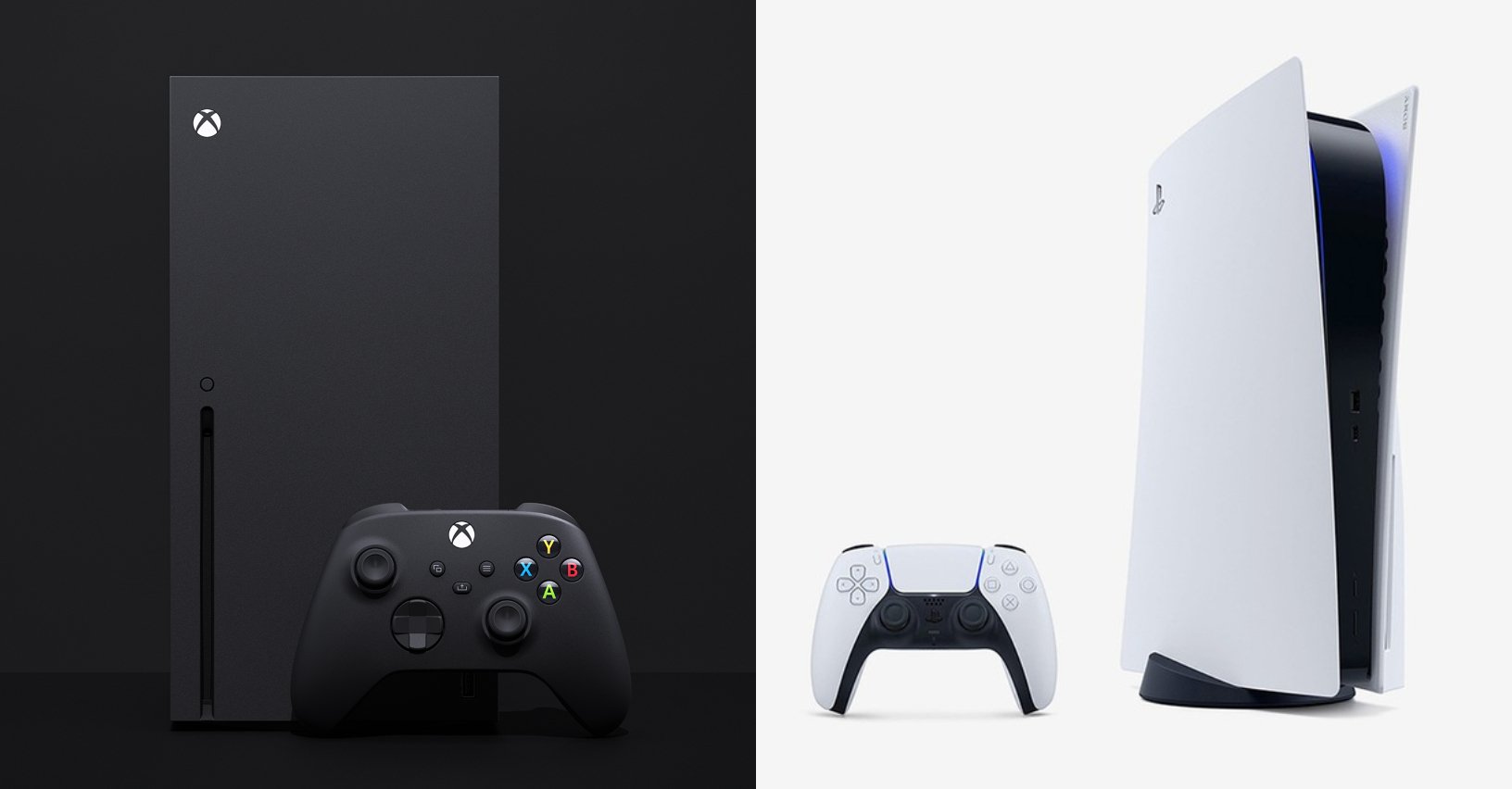
The new consoles have finally arrived, and with the new hardware, there are a lot of fancy features that might require a new TV purchase to use. HDR, Wide Color Gamut support, 120Hz refresh rates, and more are all on offer if you have the proper hardware to support it.
Currently the TV market is a bit of a jumbled mess with only certain models and brands supporting the latest and greatest advancements. To save some time searching on the internet, we’ve collected a list of the best new televisions across a range of budgets for anyone who wants to get the best out of their new Xbox Series X or PlayStation 5.
None of these TVs are perfect, but we have laid out all the pros and cons for each one. Pricing listed is based on a 65” size, and is current as of the date of publish, but obviously it can fluctuate and change over time.
TCL 2020 6-Series
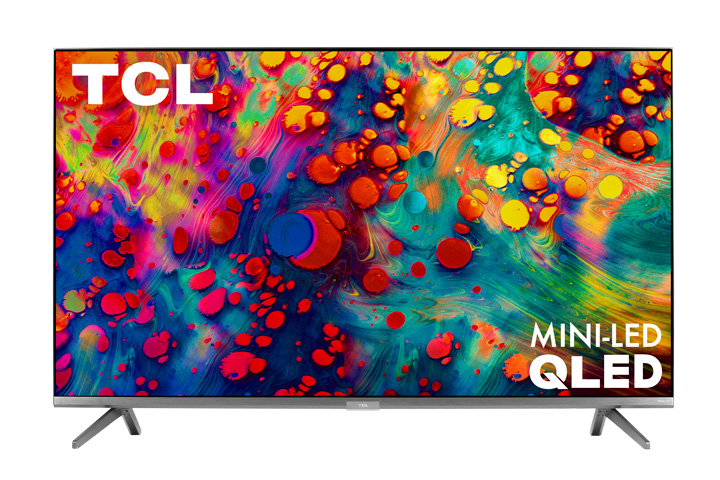
If you absolutely need a new television, but you don’t want to pay for every new bell and whistle on the market, you should consider the new 2020 version of the TCL 6-Series. It features local-dimming support, can playback any major format of HDR including Dolby Vision, and with a built-in Roku, it has the easiest to use Smart TV features.
For gamers, the input lag is great, color reproduction is solid, and it handles HDR surprisingly well for a screen in this price range. It even uses a new, advanced mini LED backlight array, making it more advanced than most LCDs on sale today.
Sadly, to reach this price point some quality sacrifices had to be made. Despite the fancy mini LED backlight setup, most testing shows the local dimming feature is sub-par compared to the other LCDs on this list. While the TCL can show great colors, it tends to ship poorly calibrated, which means you may have to pay extra for a professional screen setup to get the most out of the panel.
Finally, the biggest factor that puts this TV at the bottom of the list is the lack of 120Hz support at 4K resolution. Hitting 4K resolution at higher refresh rates is the biggest talking point of the new console generation, and the 2020 TCL 6-Series just doesn’t support the feature.
That said, if you want the best TV you can get for less than $1,000 it is hard to argue against the TCL. This is also a great option for anyone who needs a TV right now, but doesn’t think the OLED panel in the LGs is fully baked yet. You can buy the TCL today, and because it was so affordable, you won’t feel as bad about upgrading to an OLED in a year or two. $900
Vizio P Series Quantum 2020
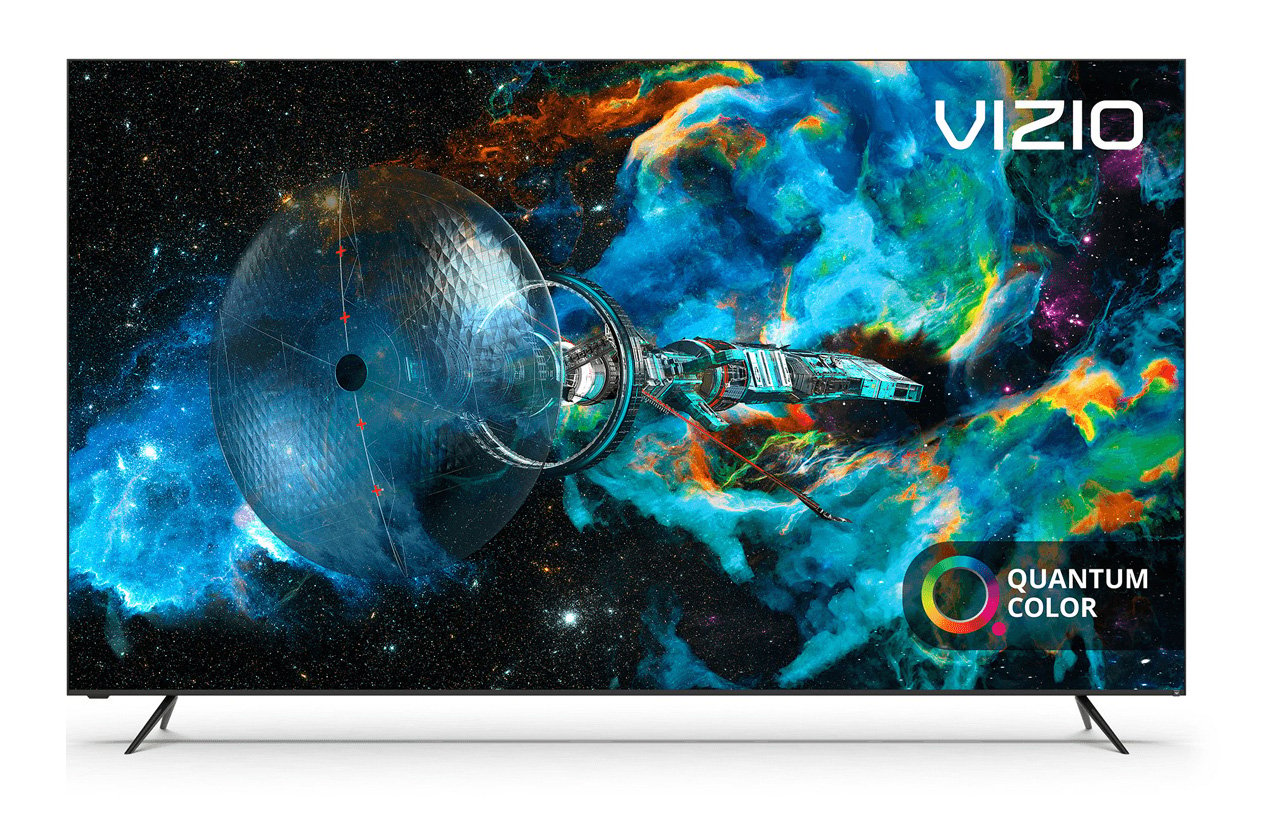
If you want an incredible TV for an absolute steal, check out the new 2020 Vizio P Series Quantum. It offers 95-percent of the quality and features available on the Samsung Q80T, and it does it all for just a relative bargain.
Compared to the Samsung (below), the Vizio has much greater brightness, improving color saturation and highlights in HDR. Vizio also supports the more advanced Dolby Vision version of HDR. It still has a 120Hz refresh rate like the Samsung and LG (below), and it has very low input lag. Vizio says this TV will support VRR, but it is not working at this time. An update is supposed to be coming to fix the problem.
That lower price does mean lower quality in some regards however. From a construction standpoint, the Vizio features cheaper looking plastics than the Samsung, and the backlighting system is far less impressive. This means that bright objects on dark backgrounds, like a character carrying a torch through a cave, can look a little washed out.
The Vizio also has worse viewing angles than the Samsung set. If you have a small living room, this won’t be an issue, but you have a wide seating arrangement, folks sitting on the ends will have a worse experience than the people seated front and center. $1,200
2020 Samsung Q80T
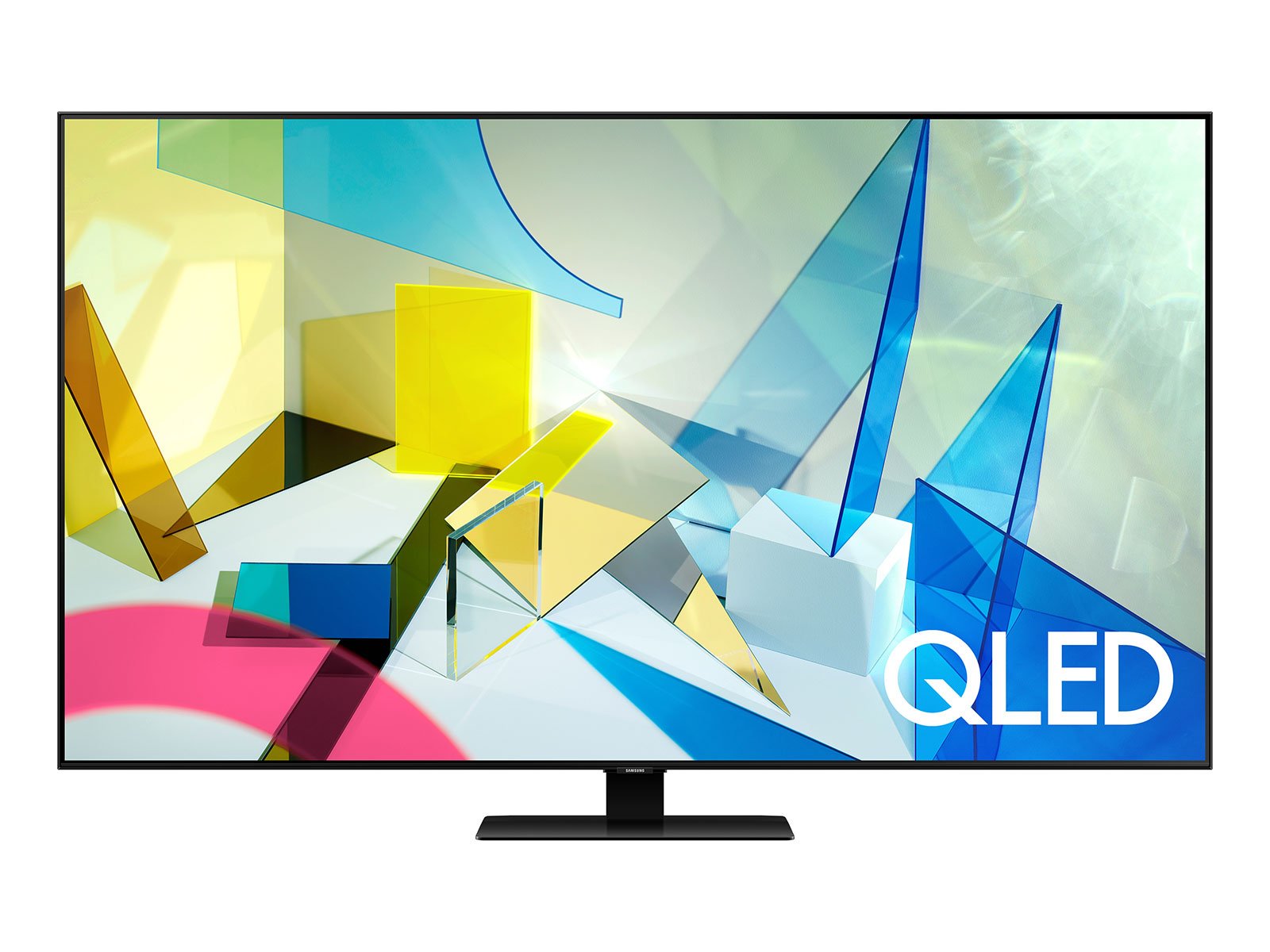
For buyers out there who want to save a little cash, or who feel that the burn-in risk is a non-starter, check out the Samsung Q80T. With a price currently in the range of $1,500 the Samsung Q80T ticks a lot of boxes for PS5 and Series X console owners. The input lag is on par with the LG, it supports advanced gaming features like VRR, and because it’s an LCD panel, there zero risk of burn in.
Yes, we said LCD. Samsung calls it a QLED television, but that actually means it is a Quantum-Dot enhanced, LED backlit, LCD television. Yes, that’s the fancy marketing.
Questionable naming aside, the use of LED backlighting and quantum dot technology makes the image of the Q80T look remarkable. The quantum dots add much greater color accuracy, and the LED backlight means that the Q80T can get several times brighter than the LG OLED. In some cases, up to five times brighter. This makes the Samsung great for those bright rooms, and it also allows for highlights in HDR content to really pop off the screen.
On the downsides, the Samsung Q80T has much worse viewing angles. Anything more than about 40-degrees to the side will cause image issues. Samsung also refuses to support the Dolby Vision, a better and higher quality version of HDR. While this is far from a deal breaker, it is worth noting as Samsung is the only major manufacturer who has yet to add the features to its television lineup. $1,500
2020 LG CX
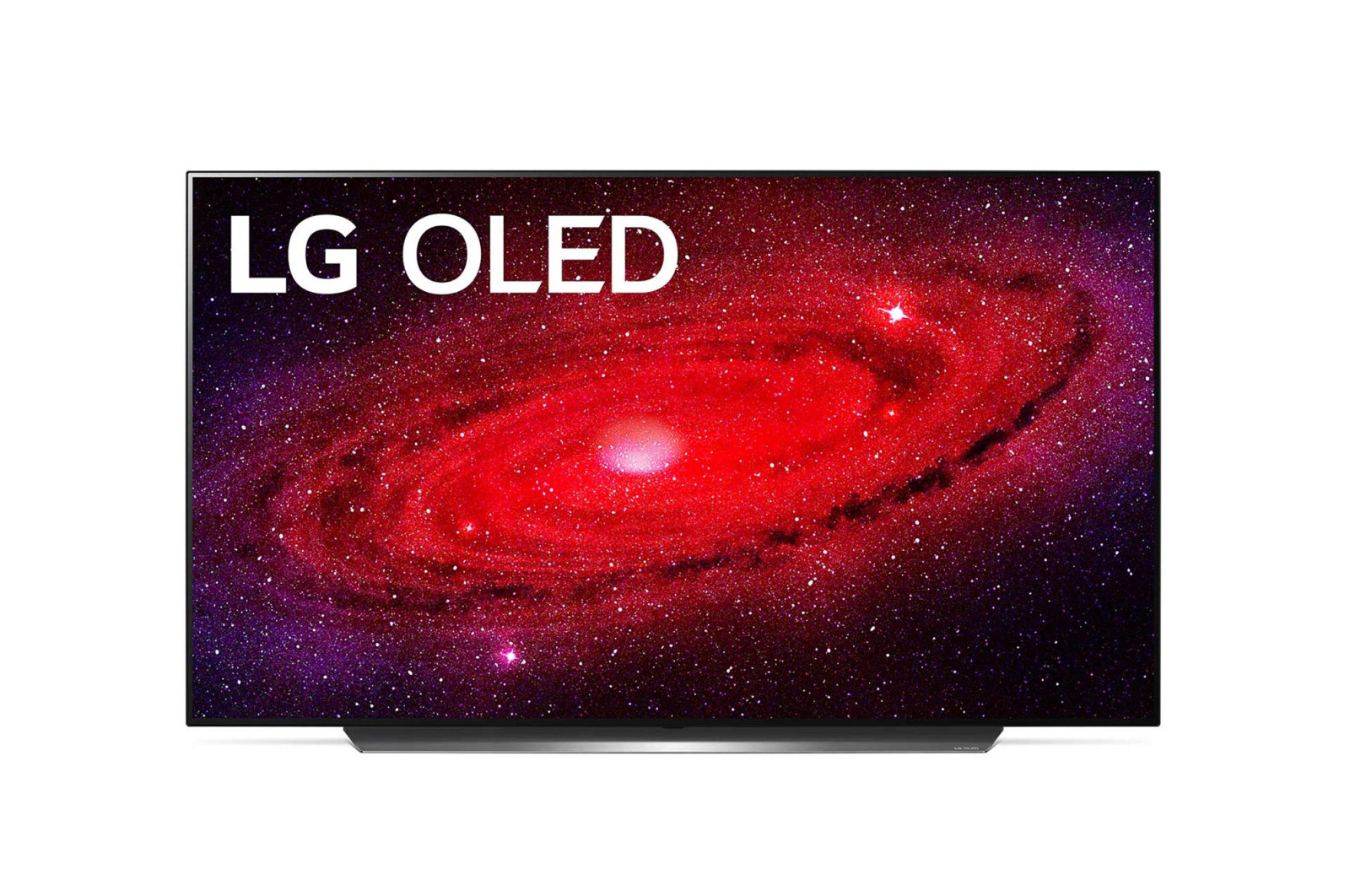
If you want the overall best television experience on sale today, then look no further than the LG CX. Thanks to its OLED screen it has perfect blacks, an unbelievable contrast ratio, and basically full 180-degree viewing angles. The basic physics behind how an OLED works also means near-instant pixel response times and very low input lag, which makes gaming look and feel great.
Sadly OLED televisions also have some pretty glaring downsides for certain users. The exact thing that gives OLED TVs perfect blacks, also means that they don’t get very bright. If you live in a place with lots of windows and natural light, you may struggle to actually see what’s on the screen. That also extends to HDR performance. The contrast ratio of an OLED means that darker scenes in HDR content look incredibly life-like, but scenes with heavy highlights can look dull and muted.
Finally, the biggest concern for some folks will be burn-in. Modern OLEDs like the LG CX have lots of features to help mitigate burn-in and image retention issues, but the risk still exists. If you plan on watching C-Span all day, or you routinely play a video game for several hours without stopping, you may have burn-in problems. $1,900
